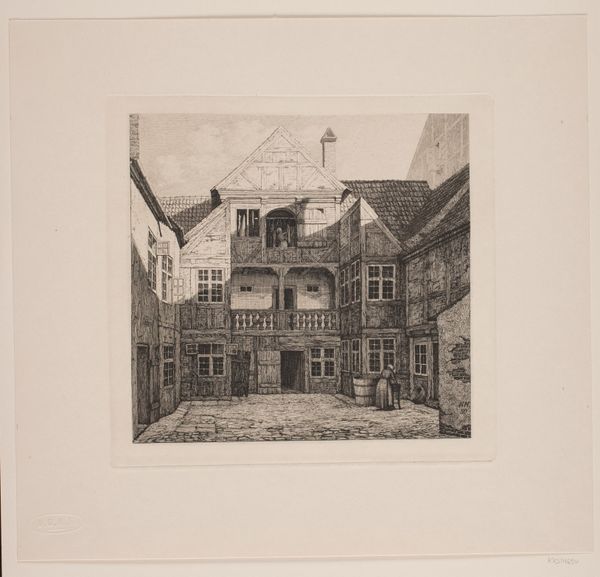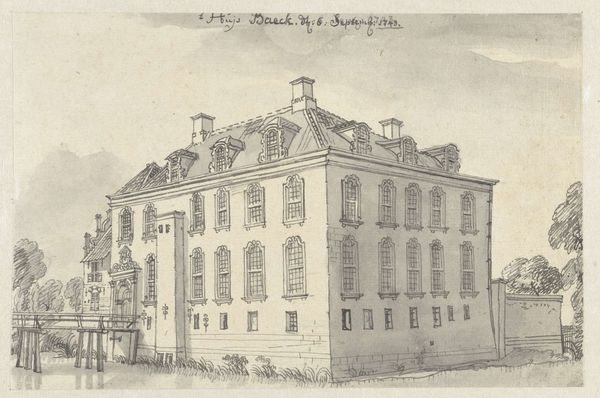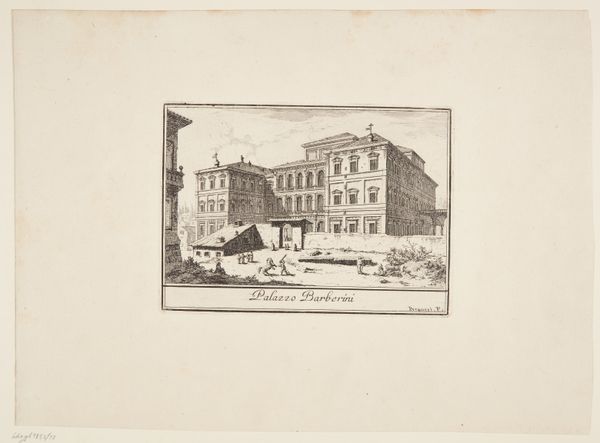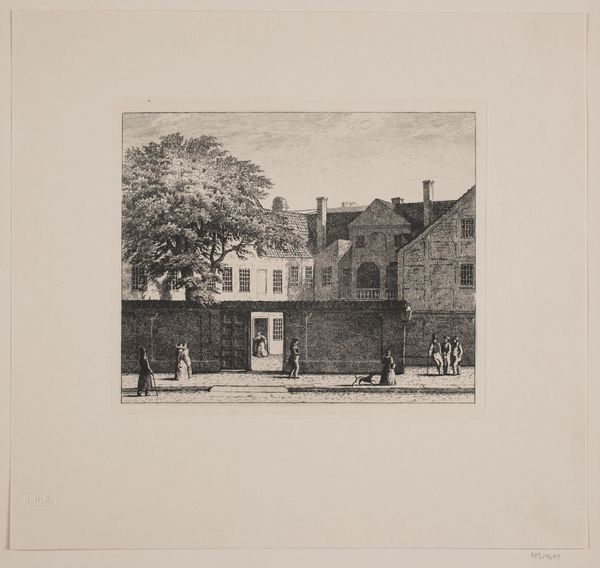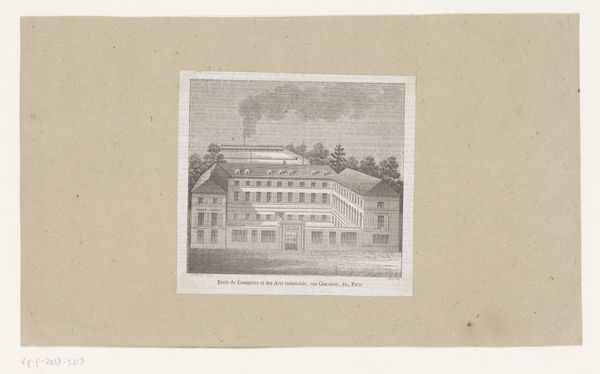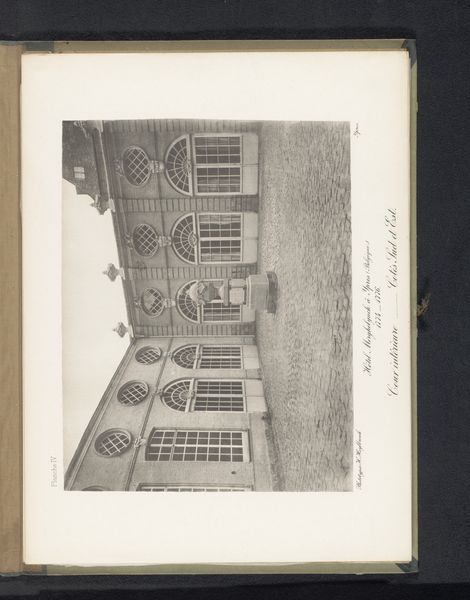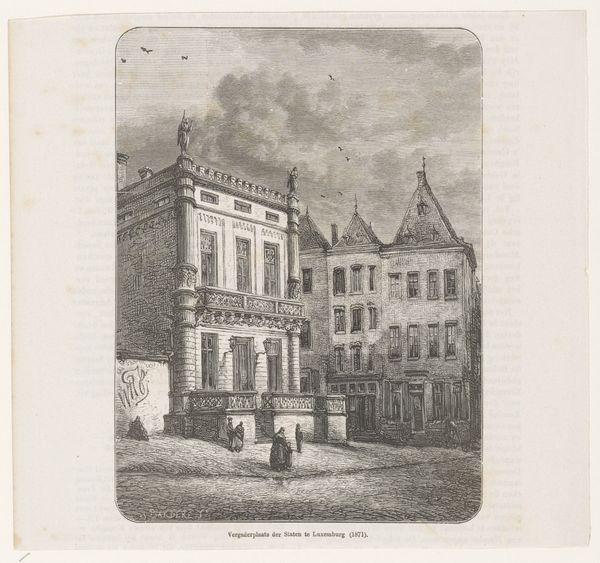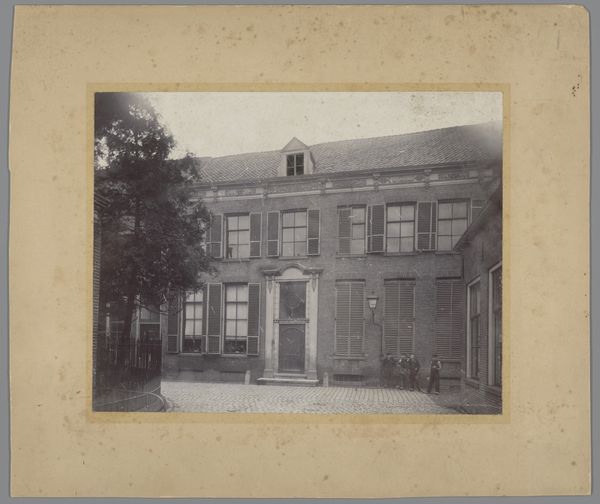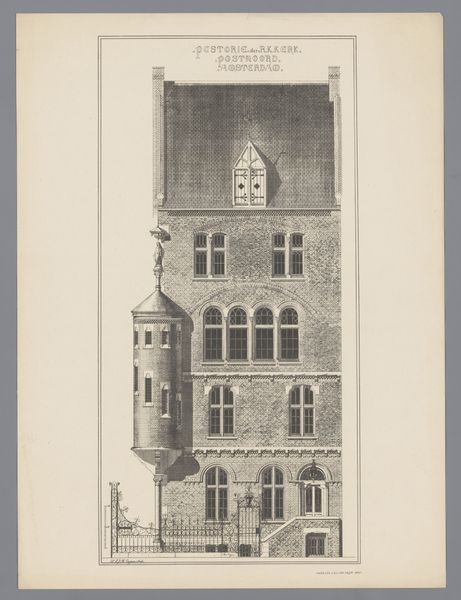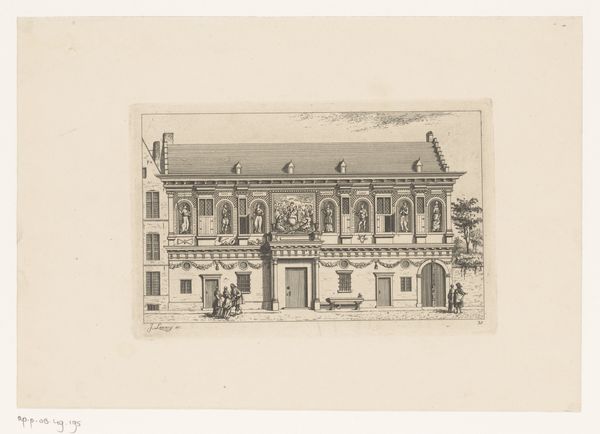
drawing, pencil
#
drawing
#
geometric
#
pencil
#
cityscape
#
realism
Dimensions: overall: 42.3 x 41.9 cm (16 5/8 x 16 1/2 in.)
Copyright: National Gallery of Art: CC0 1.0
Editor: Here we have Arelia Arbo’s “Wrought Iron Balcony Rail,” made around 1936 using pencil on paper. It has a very calm, observational feeling to it, almost architectural in its precision. What strikes you when you look at it? Curator: What strikes me immediately is the labor implied in the production of both the subject matter – that wrought iron – and the drawing itself. Think of the iron worker, the mining of the ore, the processing, the skill required to bend metal into those delicate forms. And then the artist, replicating this industrial output with a humble pencil. Do you see any interplay there? Editor: That's fascinating, I hadn't considered that connection between the two craftmanships! So, it is about both, like, human labor represented by both the artist's medium and their subject? Curator: Exactly. It prompts us to consider the hierarchy we often impose between “art” and “craft.” Both involve skilled labor and both transform raw materials into something of value, whether aesthetic or functional, or both. Consider the social context – the 1930s were a time of immense industrial and economic change. The drawing celebrates human industry even in its most functional forms. Editor: It’s interesting to see realism used to capture what would, at that time, have been a really novel way to experience one's built environment, not just fields and open air but balconies and industry too. Does the use of pencil change your opinion on how precious it is? Curator: I’d argue that the "humbleness" of the materials amplifies that concept. A more obviously ‘high art’ medium would mask the labor. I think it reinforces her celebration of ordinary life, even the support structures in this case. Editor: I’ve never really considered realism as being a means to explore economic change or cultural context like this before. Now it's as if both subject and medium reveal that economic transition and how industry was changing ordinary people’s lives! Curator: Precisely. Next time you encounter ‘realism,’ I challenge you to ask, whose reality is being depicted, and how? What choices about material and execution support this view?
Comments
No comments
Be the first to comment and join the conversation on the ultimate creative platform.
